Some coins might look ordinary to most people, but a few rare ones are worth a fortune. In fact, some U.S. coins are valued at $10 million or even more. These coins are not just old metal pieces; they carry stories, historical value, and extreme rarity that make collectors go crazy.
Let’s explore 8 rare U.S. coins that are considered hidden gems of American history – and yes, some of them might still be hiding in someone’s drawer or pocket change.
1. 1933 Saint-Gaudens Double Eagle – $18.9 Million
This is one of the most famous and expensive coins ever sold. Although the U.S. Mint produced around 445,000 Double Eagles in 1933, none were legally released to the public due to the Gold Recall Act. Only a few escaped. In 2021, one of them sold for $18.9 million at auction, making it the most expensive coin ever sold.
Why it’s valuable: Most of the 1933 coins were melted down, and owning one legally required a special permission. Its story, rarity, and design make it highly desirable.
2. 1794 Flowing Hair Silver Dollar – $10 Million
This was the first silver dollar coin issued by the U.S. government. It’s a piece of American history in your palm. Only a few of these coins still exist today in good condition.
Why it’s valuable: It represents the birth of U.S. currency. In 2013, one of these coins sold for over $10 million due to its historical importance and rarity.
3. 1913 Liberty Head Nickel – $10 Million
The U.S. Mint never officially made Liberty Nickels in 1913, but somehow, five of them were secretly produced. Today, only five of these coins are known to exist, and each one is valued at millions.
Why it’s valuable: Mystery and rarity. One of them even appeared on TV shows like Hawaii Five-O. Collectors love the backstory.
4. 1804 Silver Dollar – The “King of American Coins” – $7.68 Million

This coin wasn’t actually made in 1804. It was minted in the 1830s as a diplomatic gift. Still, it’s called the 1804 Dollar because that’s the year marked on it.
Why it’s valuable: There are only 15 known examples. Its story, beauty, and diplomatic purpose make it one of the most wanted coins among collectors.
5. 1861 Paquet Reverse Double Eagle – $10 Million
This rare version of the 1861 Double Eagle has a special reverse design created by Anthony Paquet. Only two are known to exist – one in the Smithsonian and another in private hands.
Why it’s valuable: Ultra-rare design variant and connection to Civil War-era history.
6. Brasher Doubloon (1787) – $9.36 Million
Before the U.S. had an official mint, a goldsmith named Ephraim Brasher made gold coins. His Brasher Doubloons are legendary. One of these sold for over $9 million recently.
Why it’s valuable: It’s pre-U.S. Mint history and considered the first American gold coin, making it extremely precious.
7. 1870-S Seated Liberty Dollar – Estimated at $10 Million

Only one known example of this coin exists in private hands. It was never meant to be circulated and was more of a presentation piece. This coin is believed to have been secretly minted in San Francisco.
Why it’s valuable: A true one-of-a-kind coin, surrounded by mystery and valued for its extreme rarity.
8. 1792 Birch Cent – $2.6 Million (But Could Fetch More)
This was one of the earliest experimental coins by the U.S. government. It’s a pattern coin, which means it was never meant for circulation. Still, its design and backstory are very important in U.S. coin history.
Why it’s valuable: A prototype for the first cent coins. A rare piece that connects collectors to the very beginning of U.S. coinage.
Could One of These Coins Be in Your Pocket?
It’s unlikely, but not impossible. Some rare coins have shown up in everyday pocket change, garage sales, and even old jars in attics. If you have old coins lying around, it might be worth checking their dates and designs. You never know—you could be holding a piece of history worth millions.
Collectors, investors, and historians are always on the lookout for these hidden treasures. These coins tell stories of early America, policy changes, wars, and people who shaped the nation. That’s why they’re not just metal—they’re powerful symbols of history.

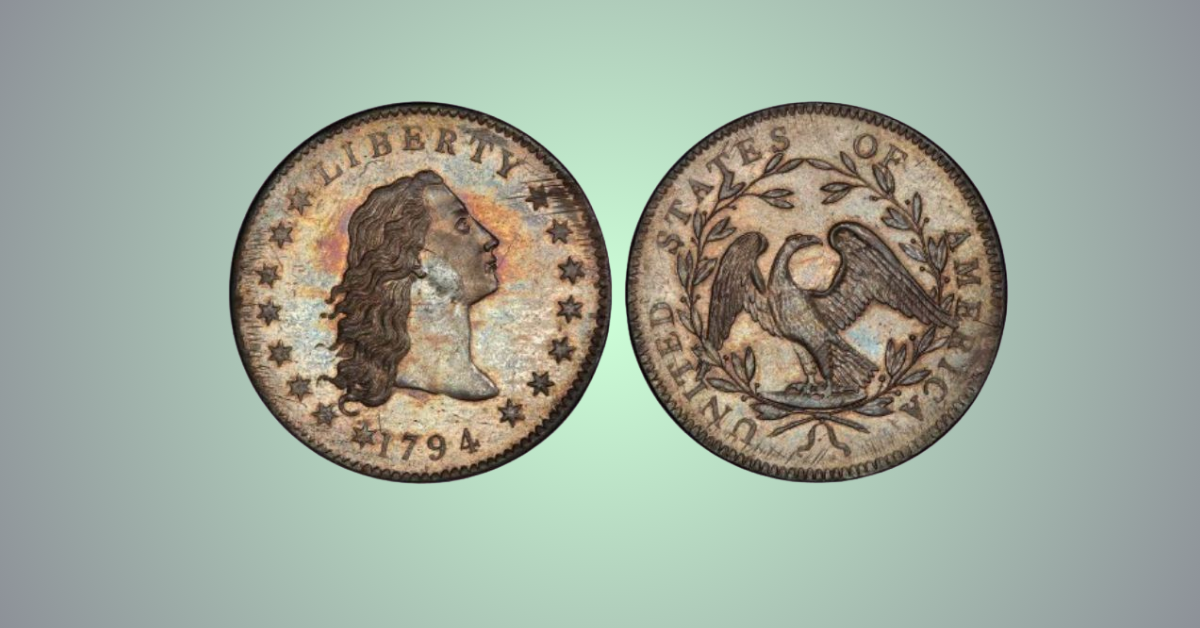
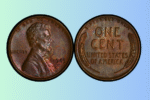
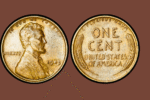
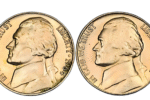
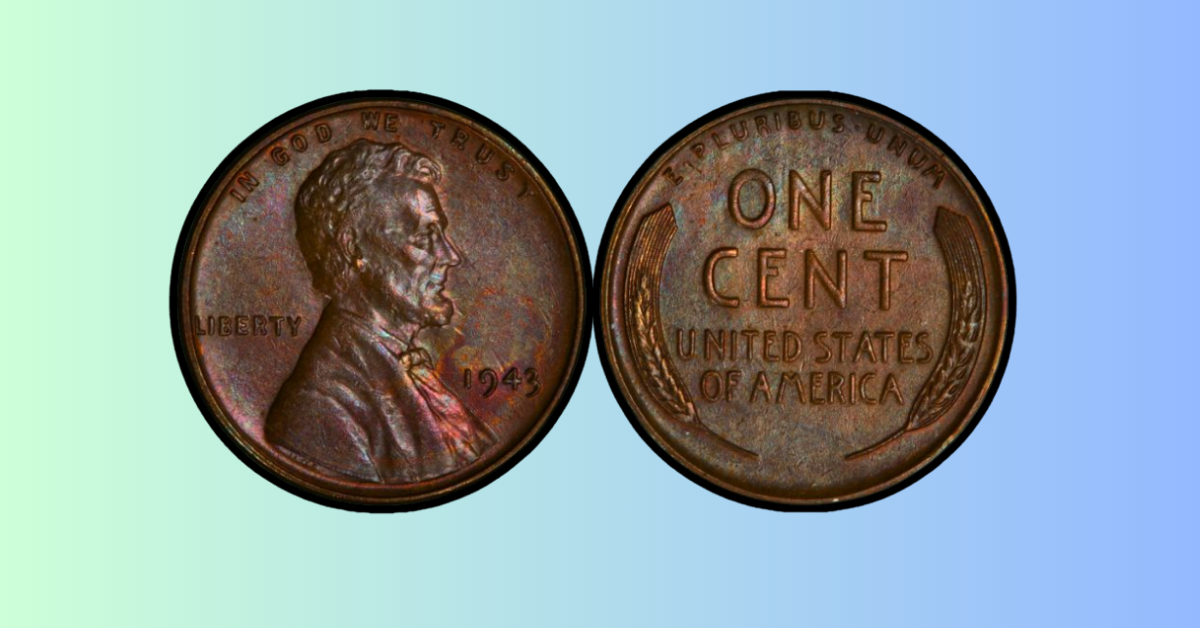
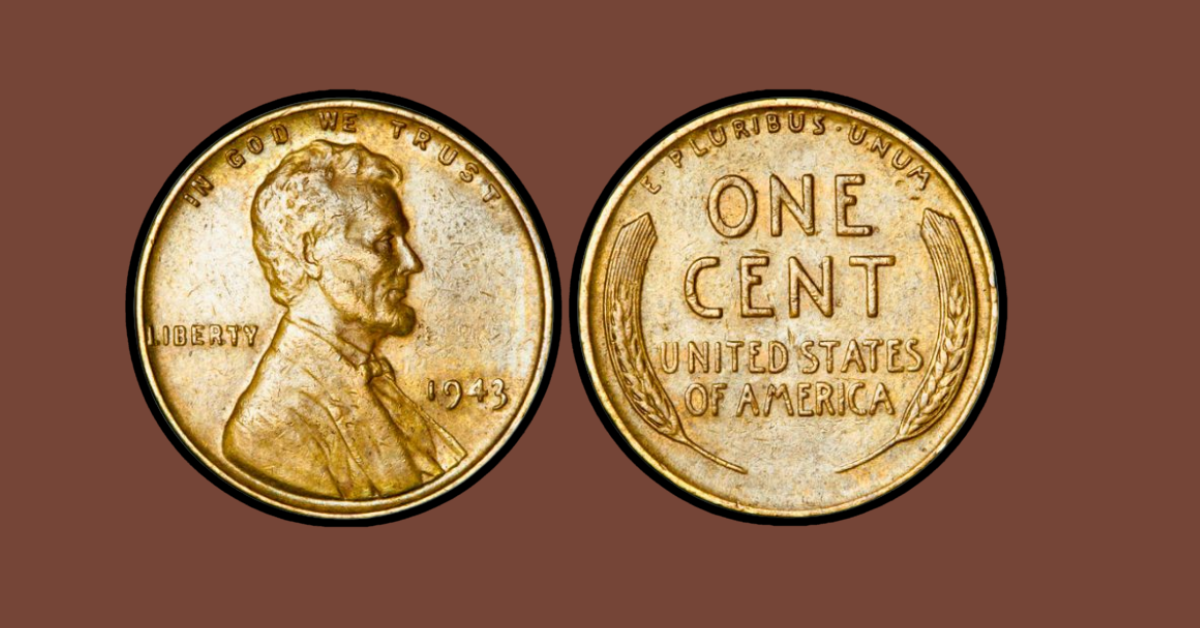
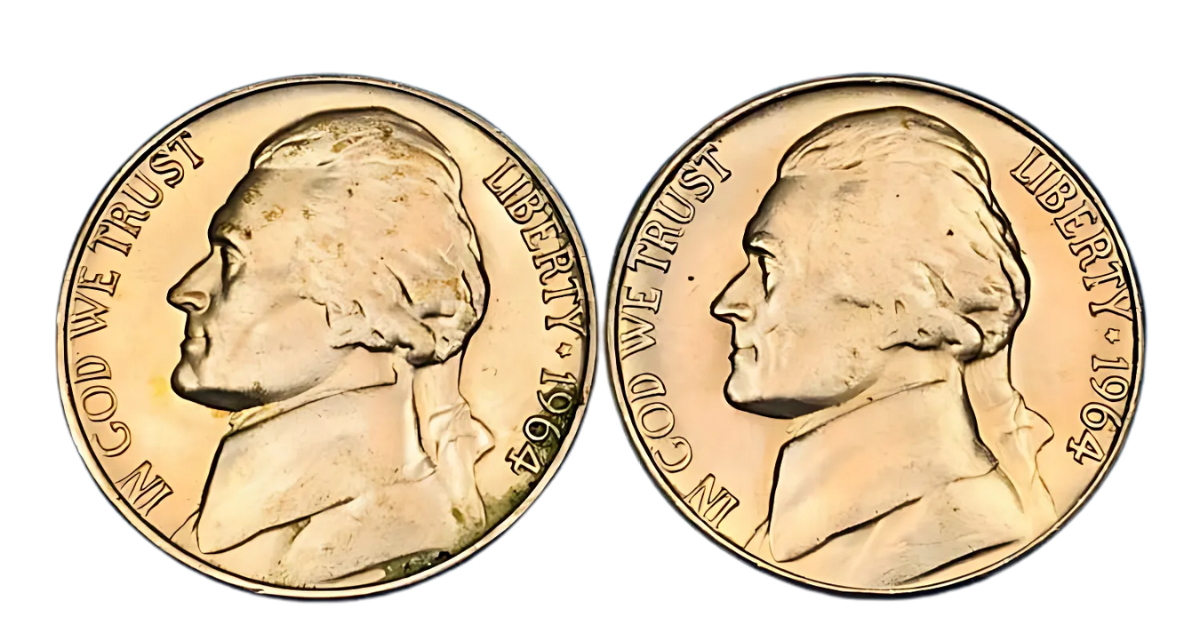
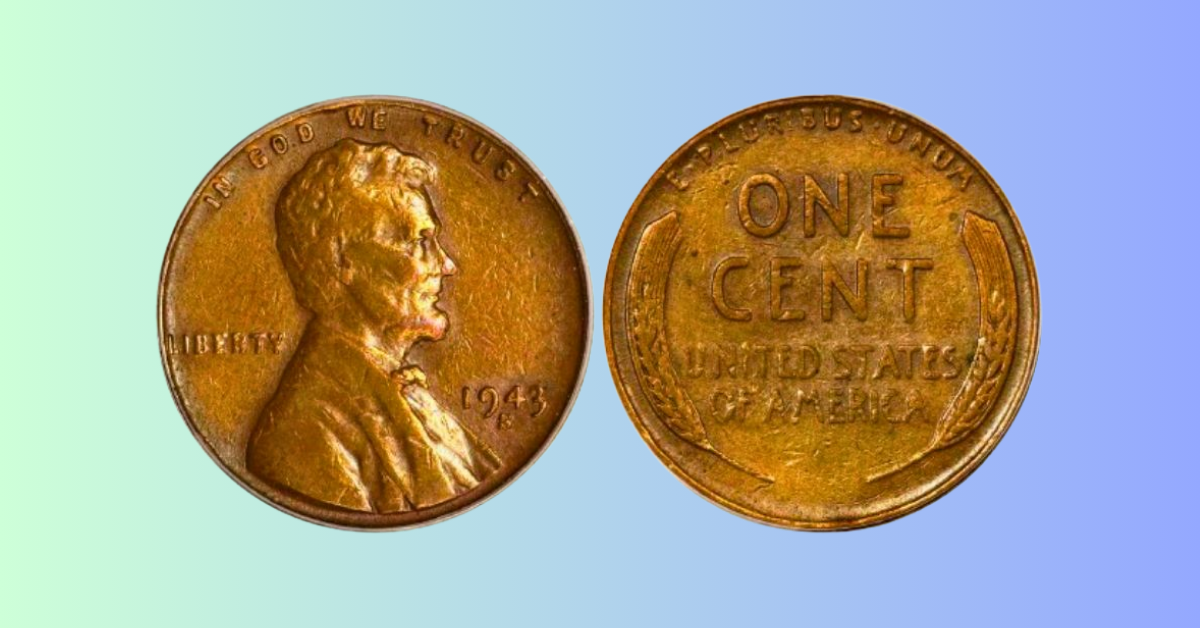
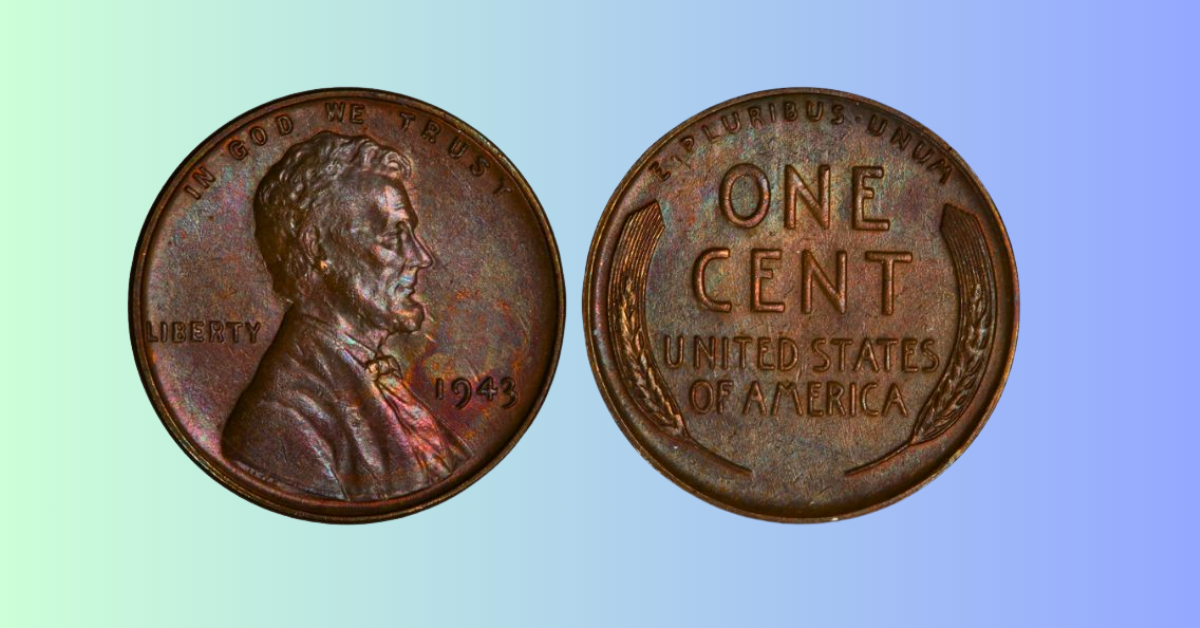
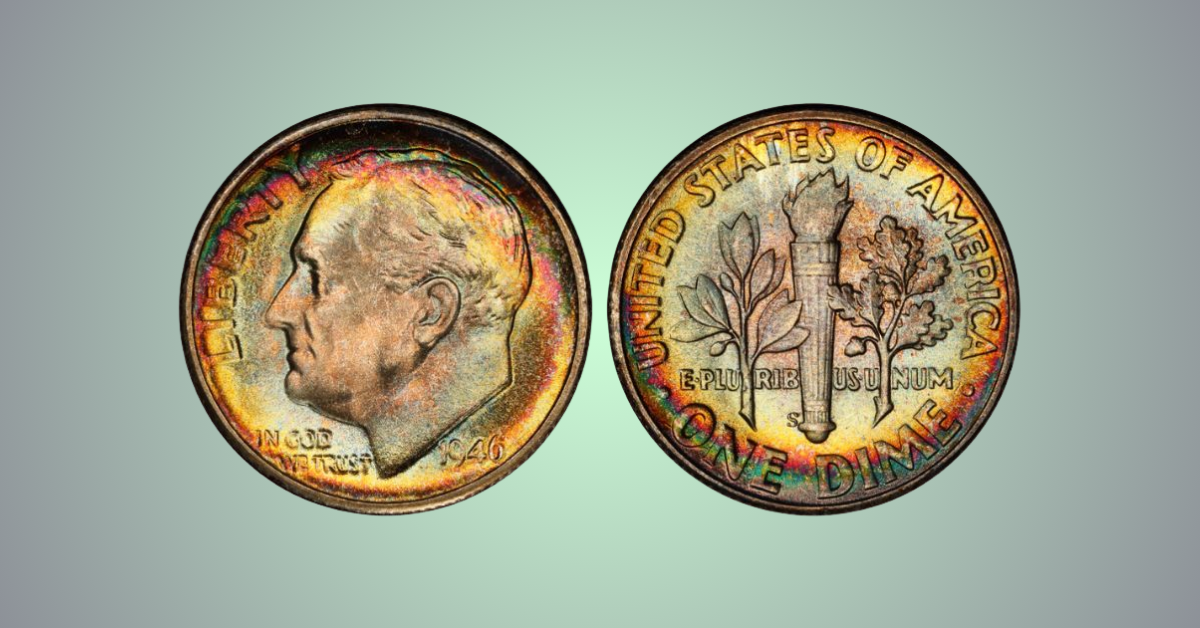
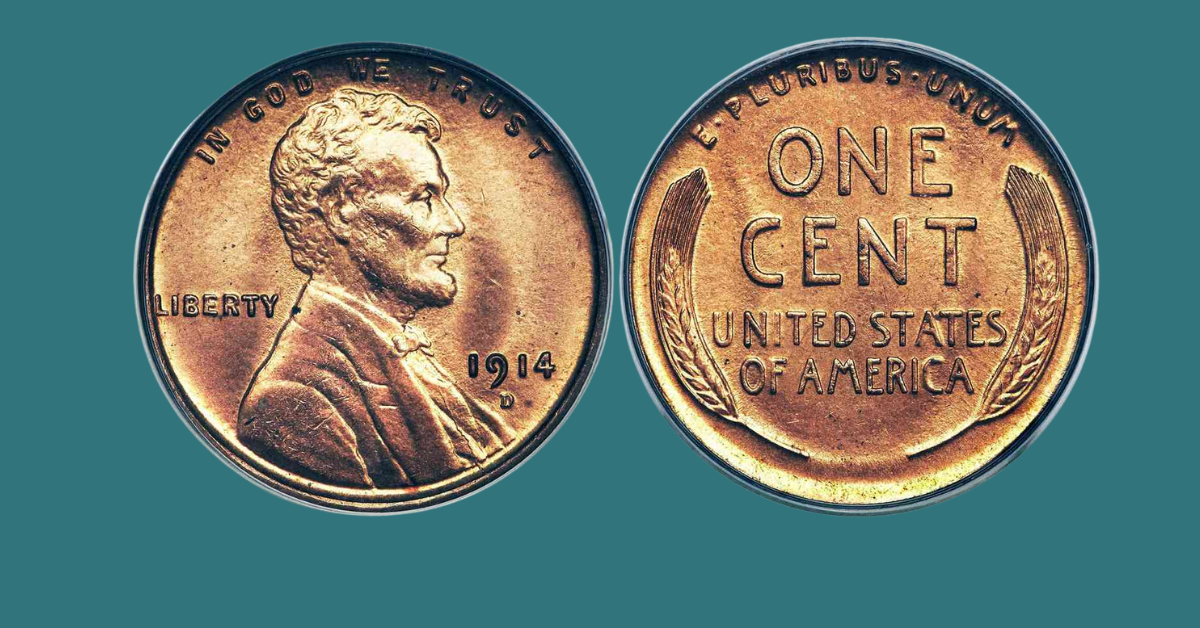
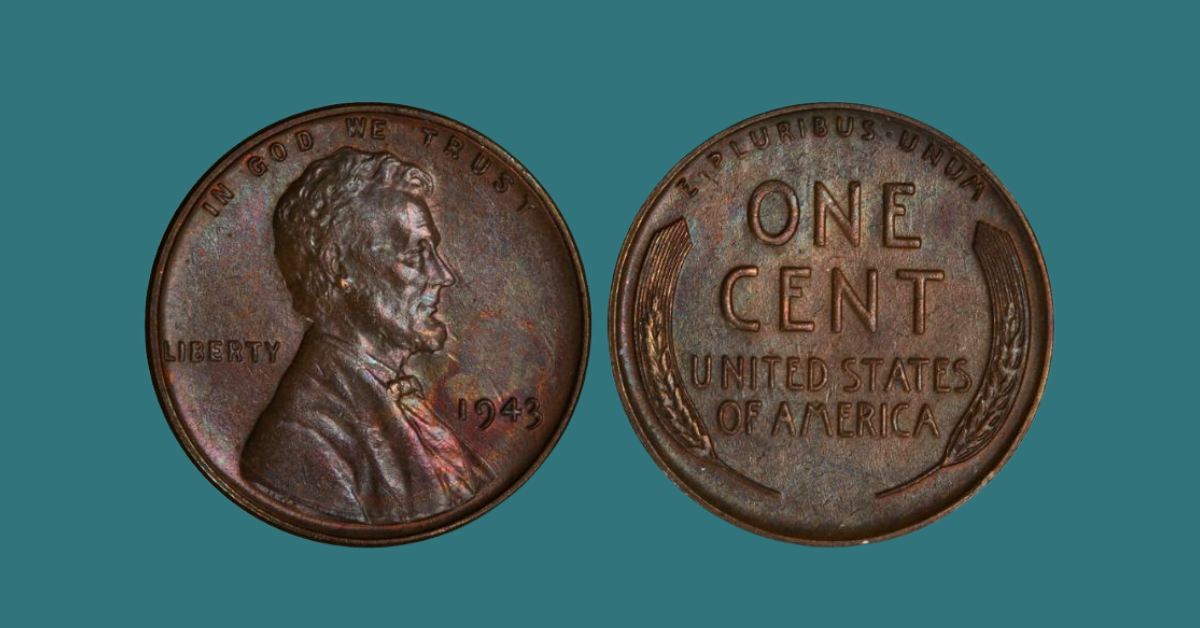
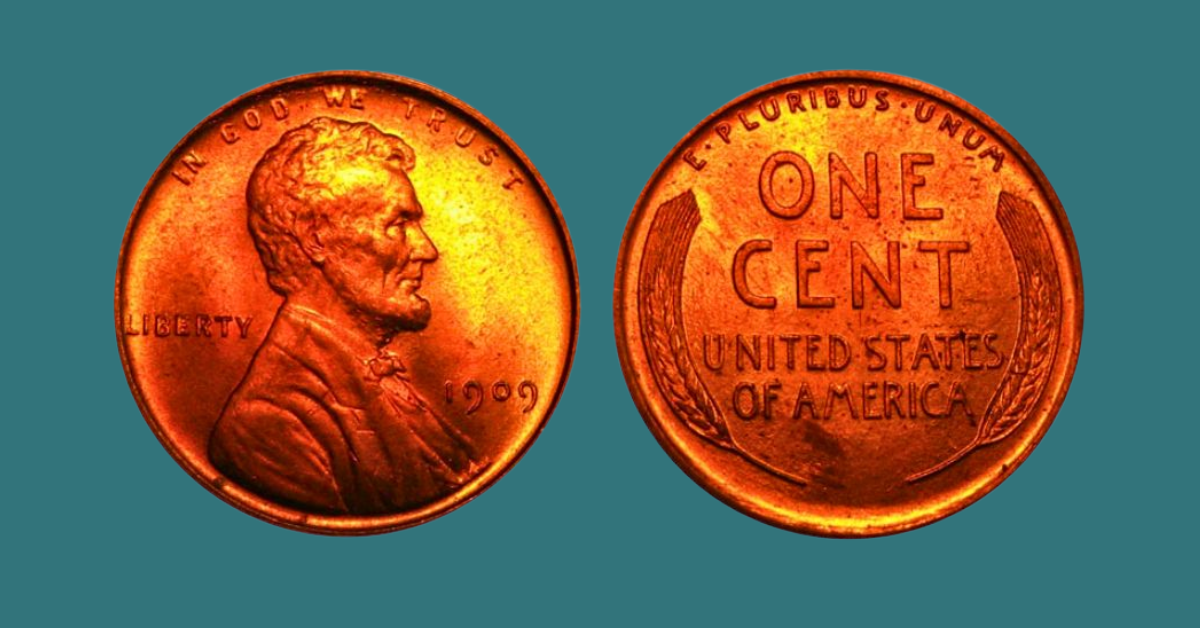
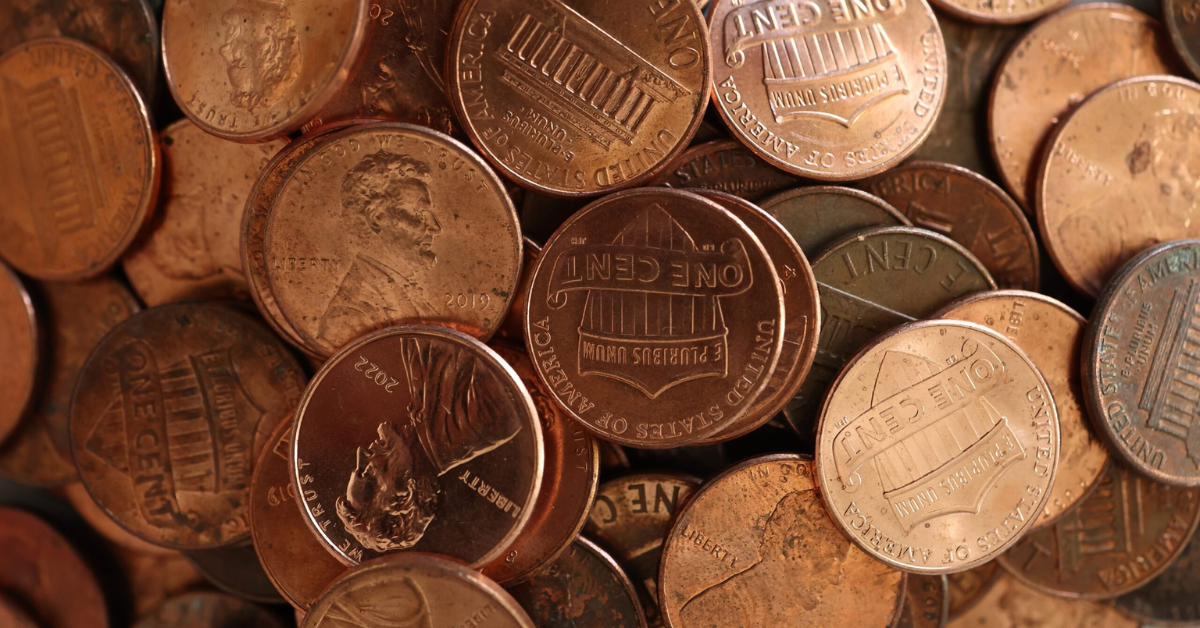
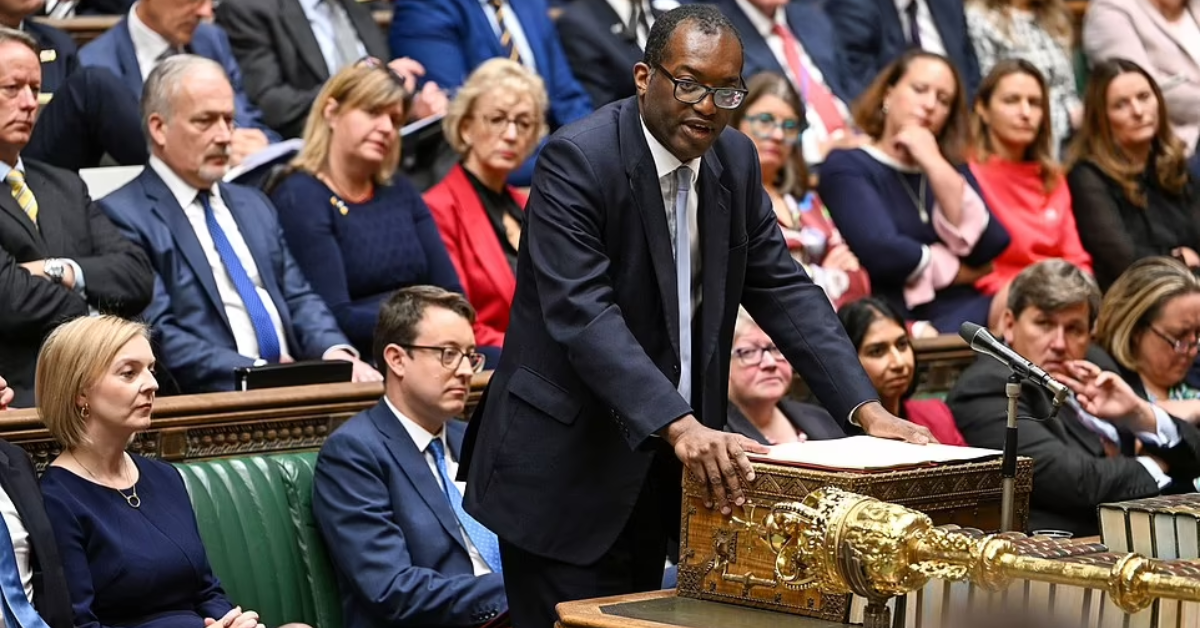

Leave a Reply